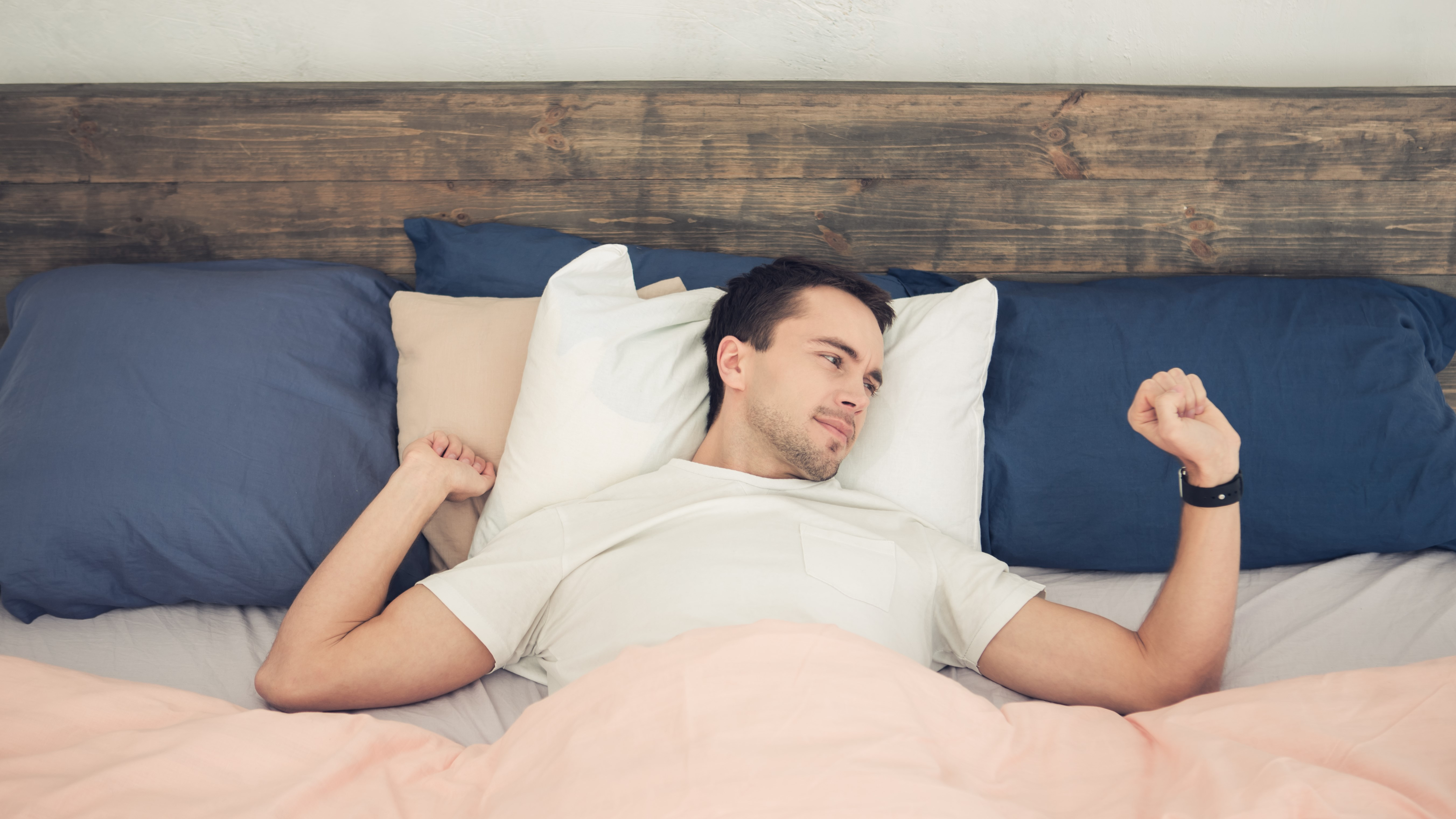
Until recently, Garmin watches have only been able to detect and monitor one 'chunk' of sleep per day. That all changed with the launch of the Garmin Venu 3 in August, which was the company's first watch capable of detecting daytime naps as part of the new Sleep Coach tool. The same feature is now rolling out to older watches too, including the Epix and Fenix 7 – but what does it actually do?
When you first set up your new Garmin watch, you'll be asked to specify approximately when you usually go to bed, and get up. Within this window, your watch will use Firstbeat Analytics to 'look out' for signs that you have nodded off, such as a lowered heart rate, and enter sleep mode once its algorithm has determined that you're asleep.
The new nap detection feature uses the same method to detect when you've decided to grab 40 winks outside your sleep window (starting more than an hour after you usually wake up, and finishing more than an hour before you typically go to bed).
Garmin classifies naps as periods of sleep lasting no longer than three hours. If you snooze for longer than that, it will be counted as regular sleep instead. However, Garmin doesn't recommend snoozing for more than about 30 minutes during the day, to avoid upsetting your nightly sleep. You should also try to fit your naps in during the middle of your waking day. A lunchtime doze is ideal.

"Naps lasting between 10 and 20 minutes are long enough to provide performance benefits, while naps longer than 30 minutes are more likely to disrupt your sleep schedule," says Garmin.
A brief kip isn't long enough to run through a full cycle of light, deep, and REM sleep, so your watch won't record sleep stages during naps.
To see whether your watch has detected a nap, flick through the glances on its screen and select 'Sleep Coach' . Here you'll see the various factors that have affected much sleep you need today. If you've been sleeping poorly recently, your heart rate variability is lower than usual, or you've been training hard, you'll need more sleep to recover. If you've taken a nap, your sleep need will decrease.
All the latest inspiration, tips and guides to help you plan your next Advnture!
Naps can be very helpful. In fact, many professional athletes, including Eliud Kipchoge and Sir Mo Farah, use them as part of their training, so it's great to see them finally factored into Garmin's recovery metrics. Sleep tight!
- We're rounding up this year's best Black Friday Garmin deals

Cat is the editor of Advnture, She’s been a journalist for 15 years, and was fitness and wellbeing editor on TechRadar before joining the Advnture team in 2022. She’s a UK Athletics qualified run leader, and in her spare time enjoys nothing more than lacing up her shoes and hitting the roads and trails (the muddier, the better), usually wearing at least two sports watches.
